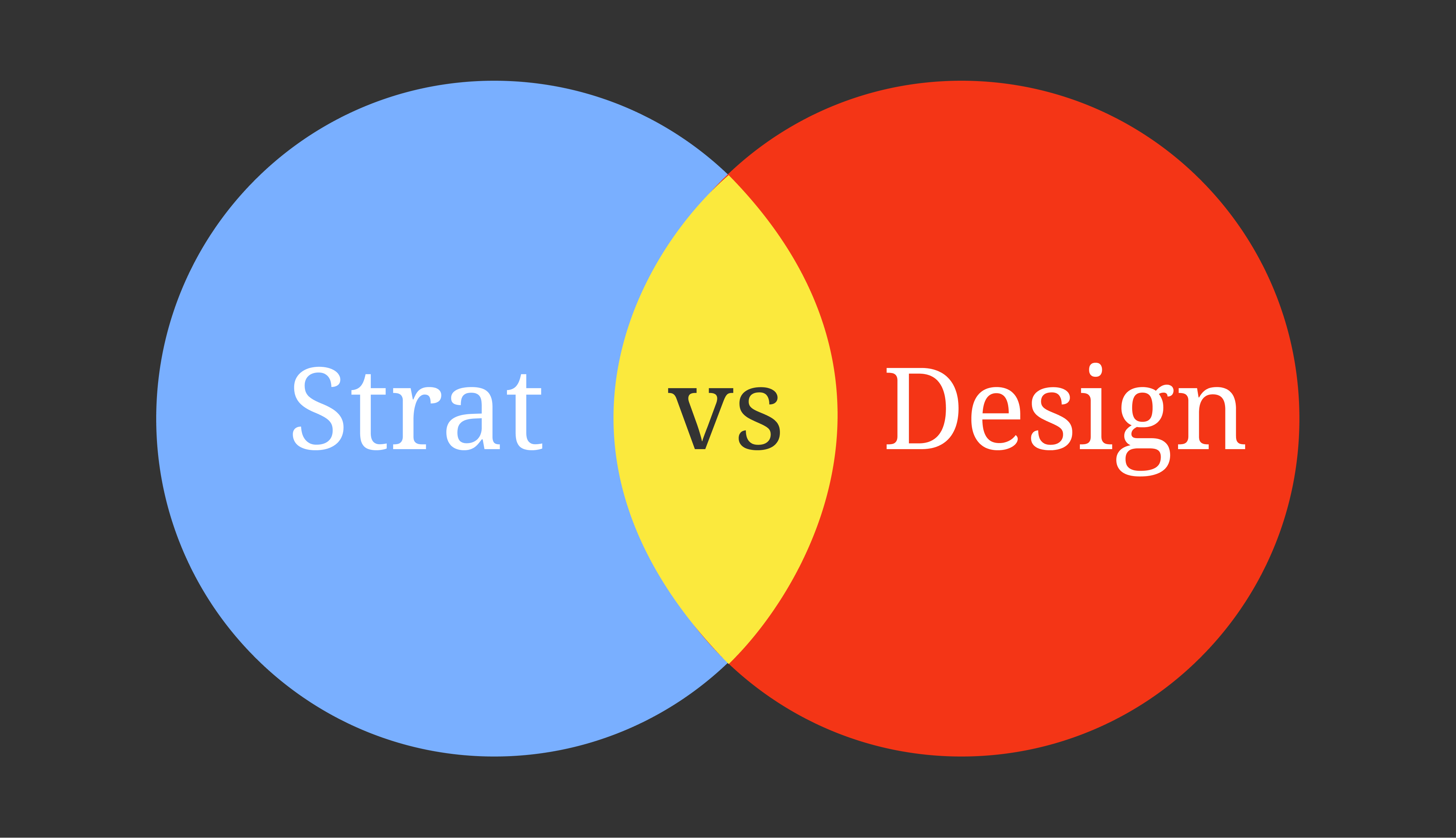Understanding the difference between UX strategy and UX design is vital for businesses aiming to create standout digital products. Think of UX strategy as your roadmap and UX design as the car that takes you there. These roles work in unison but play distinct parts in crafting user-centered solutions. If you’re a product manager, business owner, UX designer, CTO, CEO, or startup founder, this guide will help you grasp why both are crucial—and how to apply them effectively.
The Big Picture: What is UX Strategy?
UX strategy is the “why” behind the product. It guides the overarching plan to ensure user outcomes align with business goals, creating sustainable success. Think of it as the foundation where research, analysis, and planning meet to determine what a product needs to achieve to succeed.
For example, when Pepperplane partnered with Future Forex, the goal wasn’t just to create a nifty interface—it was about revolutionizing the way users interact with forex in South Africa. We strategized based on deep research into user pain points, designing a roadmap for transparency and intuitive user journeys in fintech.
Key Elements of UX Strategy:
- User Research: Identifying what users need and what challenges they face.
- Business Objectives Alignment: Ensuring the user experience supports the company’s big-picture goals.
- Market Insights: Analyzing trends, competitors, and the industry landscape.
- Roadmapping: Outlining the steps needed to achieve both user satisfaction and market differentiation.
UX strategy is essentially the bridge between what the business wants and what the user needs, ensuring neither is left behind.
Bringing It to Life: What is UX Design?
Once the strategy is in place, UX design takes over to implement the “how.” This is where all the research is transformed into usable, intuitive, and visually engaging interfaces.
Continuing with the Future Forex example, we used insights from our strategy phase to craft a seamless design process. From wireframes to prototypes, every element was equipped to inspire trust and guide users through otherwise daunting financial processes. Color schemes, typography, and interactive features were chosen to strike the perfect balance between clarity and professionalism.
Key Elements of UX Design:
- Wireframes and Prototypes: Visual blueprints that map out user flows.
- User Interfaces (UI): Creating an aesthetic and functional design tailored to the target audience.
- Interaction Design: Ensuring smooth, intuitive actions for users.
- Usability Testing: Iterating based on real-world feedback to refine the experience.
A Fun Example from Klink
When we collaborated with Klink, the objective was to motivate users to achieve financial goals through gamification. Our design phase included progress bars, leaderboards, and badges to engage users, while employing strategic color palettes and playful elements to keep the experience enjoyable.
UX design is impactful execution—it’s where user journeys are shaped into tangible realities that engage and delight.
Quick Comparison
Aspect | UX Strategy | UX Design |
|---|---|---|
Objective | Defines the “why” and sets the overall vision. | Focuses on the “how” by executing the vision. |
Focus | Strategic alignment of user needs with business goals. | Design and functionality of the interface. |
Tools | Research, analysis, roadmaps. | Wireframes, prototypes, visuals. |
End Goal | Enable informed decisions for long-term success. | Create engaging and user-friendly interfaces. |
Both are integral; one sets the direction, and the other brings it to life.
Why the Balance of Both Matters
Without UX strategy, efforts in UX design can feel aimless—beautiful interfaces that don’t serve business goals or user needs. On the other hand, without UX design, strategy remains theoretical, with no actionable follow-through.
When aligned, as demonstrated in both Future Forex and Klink projects, they create thoughtful products that users love and businesses thrive on.
How Future Forex and Klink Got it Right
When working with Future Forex, Pepperplane began by mapping detailed user journeys, identifying pain points, and strategizing solutions. This strategic groundwork ensured the designs that followed weren’t just visually appealing but also built trust—crucial for fintech.
For Klink, strategy meant deeply understanding the user’s mindset while navigating financial challenges. The UX design then incorporated gamification tools like progress tracking and rewards, making saving fun and engaging. Each element was rooted in the strategy while brought to life through delightful, detailed design.
Both projects highlight how critical it is to treat UX strategy as the starting block and UX design as the execution engine. The result? Solutions that don’t just work but make an impact.
Which Should You Focus on First?
The short answer is both. Start with strategy to define objectives, but don’t neglect design—it’s the face of your product and the mechanism that delivers on promises.
That’s why companies partner with Pepperplane. We treat UX strategy and UX design as two sides of the same innovative coin, collaborating closely to ensure your product not only lands but sticks.
Need Help with Your UX Journey?
At Pepperplane, our mission is to craft user experiences that are seamlessly effective and delightfully engaging, built on strong strategic foundations.
Whether you’re trying to define your product’s “why” or bring your ideas to life through beautifully designed interfaces, we’d love to chat.
Click here to discover how we helped Future Forex transform their user experience, and here to explore Klink’s gamified saving solution.
You don’t need to choose between UX strategy and UX design. With Pepperplane, you get both—blended perfectly to get measurable, profitable results.
Book a free discovery call today. Let’s create something remarkable together!

